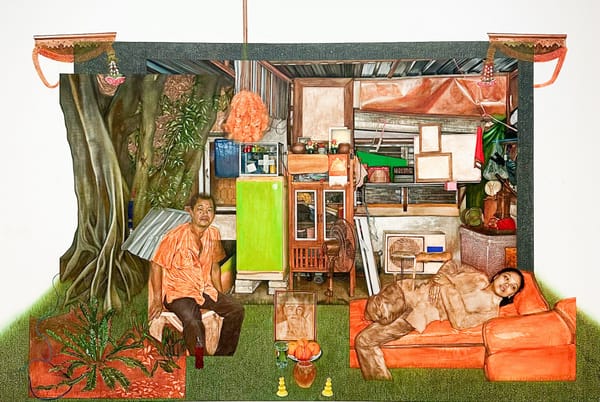
Art
Spirit House Manifests the Ghosts of Asian-American History
The artists in this exhibition know that we cannot simply “get over” the history of racialization, as well as the destructive legacy of US imperialism.

Art
The artists in this exhibition know that we cannot simply “get over” the history of racialization, as well as the destructive legacy of US imperialism.
Art
Asawa’s life masks do not keep count of past or future losses.
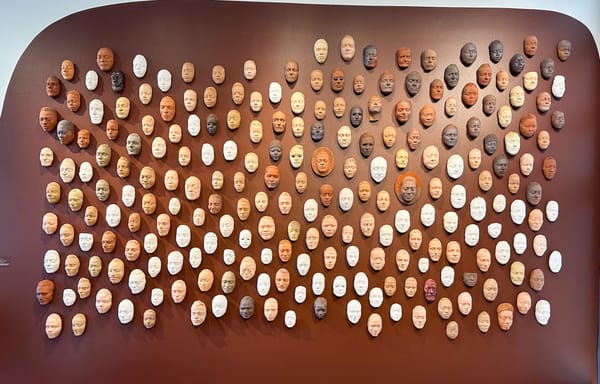
Art
Stanford's Asian American Art Initiative allows for a range of expression not usually granted to Asian-American artists — something especially refreshing in this rare moment of visibility.

News
Marci Kwon got the idea for the initiative after creating a class she had always wanted to take but had never found in graduate school: one on Asian American art.
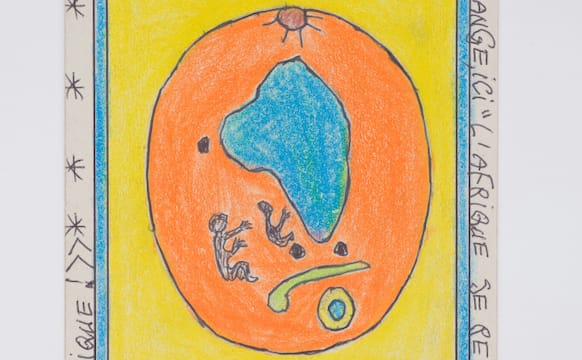
Art
The Bété people did not have a writing system for their spoken language, so Frédéric Bruly Bouabré created one and used it to describe the scenes in his artworks.

Art
A desire to avoid romanticizing the landscape is fundamental to the shifts in landscape photography that occurred in the late 1960s and 1970s.

Art
Behind each innovation of the period was a negotiation between a company's needs and a designer's creativity.
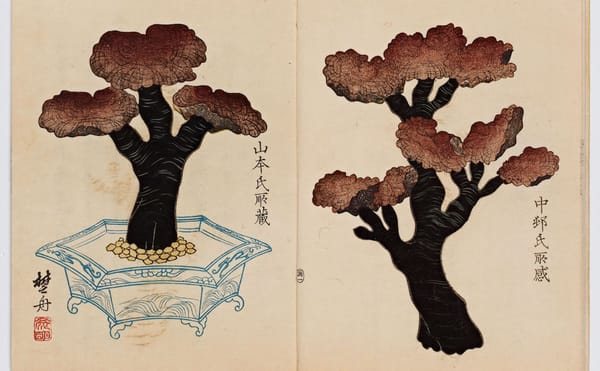
Art
A Mushroom Perspective on Sacred Geography explores the visual history of the lingzhi mushroom in art from China, Japan, and Korea.

Art
One of the most popular images of the 1876 Battle of the Little Bighorn is "Custer's Last Stand" by Cassilly Adams, who ditched historical accuracy for a romanticized George Armstrong Custer standing tall against the encroaching horde of horseback warriors.

Art
STANFORD, Calif. — A small gallery at Stanford’s Cantor Arts Center is currently offering a deeply personal glimpse into the life and work of Bay Area artist Richard Diebenkorn.
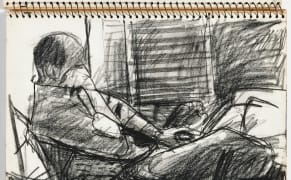
Art
Bay Area artist Richard Diebenkorn kept sketchbooks for his entire career; they served as a sort of nomadic studio where he experimented with visuals that bridged figurative and abstract ideas.

Art
The Cantor Arts Center at Stanford University is opening an exhibition this week — Sympathy for the Devil: Satan, Sin and the Underworld — that explores the evocation of the devil over 500 years.